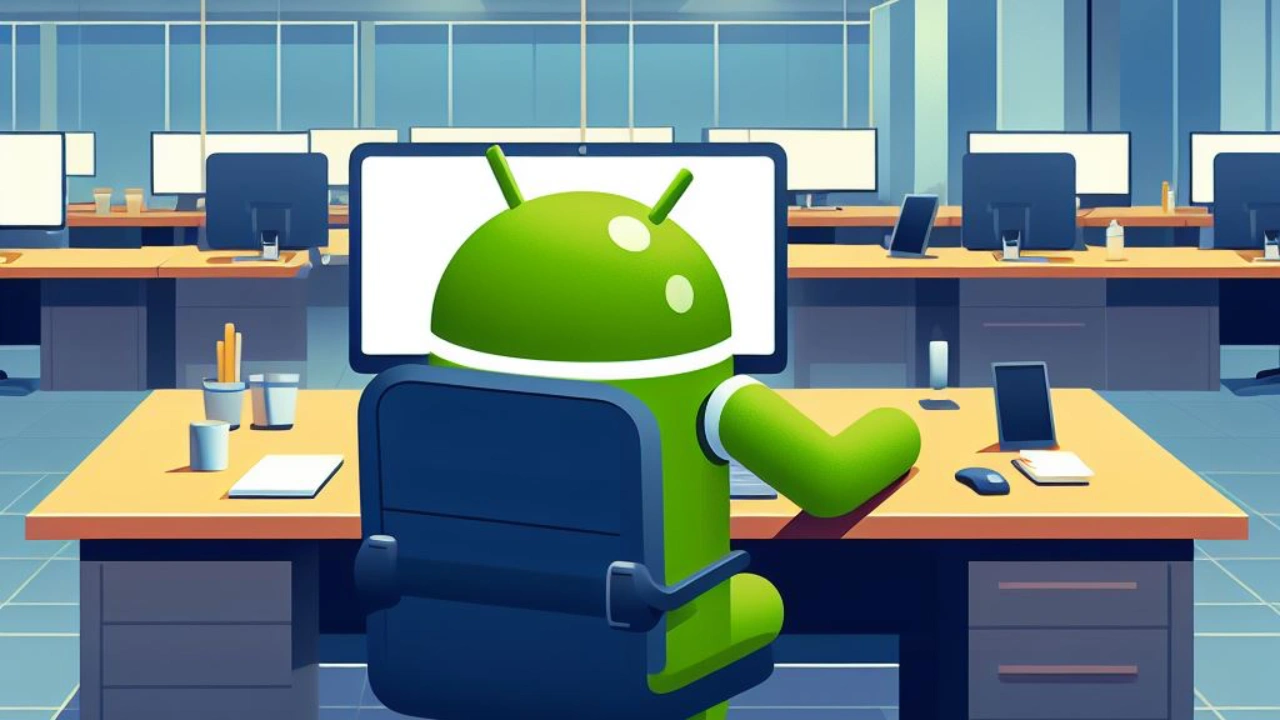
Android 14 is the latest version of the Android operating system, and it comes with a host of new features and improvements. If you’ve recently updated your phone to Android 14, or if you’re considering doing so, here are 14 helpful tips and tricks to help you get the most out of it.
In this guide, we’ll embark on a journey to uncover the true potential of Android 14. We’ll explore the intricacies of its customization options, harness the power of its built-in tools, and discover hidden gems that will elevate your productivity and entertainment experiences.
Whether you’re a seasoned Android user or a curious newcomer, this guide will serve as your indispensable companion, unlocking the secrets of Android 14 and empowering you to become a master of your mobile domain. So, prepare to embark on an exhilarating adventure as we delve into the depths of Android 14, unlocking its hidden potential and transforming your smartphone experience.
1. Personalize your home screen
Android 14 offers a lot of customization options for your home screen. You can change the wallpaper, add widgets, and even create custom themes. To get started, press and hold on an empty space on your home screen, then tap on “Widgets” or “Themes.”
2. Use Quick Settings
Quick Settings is a convenient way to access frequently used settings, such as Wi-Fi, Bluetooth, and flashlight. To access Quick Settings, swipe down from the top of the screen with two fingers.
3. Take advantage of App Actions
App Actions are shortcuts that are predicted based on your usage patterns. For example, if you often listen to music on Spotify, you might see an App Action for Spotify when you swipe down on the home screen. To use an App Action, simply tap on it.
4. Use Google Assistant
Google Assistant is a virtual assistant that can help you with a variety of tasks, such as setting alarms, making calls, and sending texts. To access Google Assistant, press and hold the home button or say “Hey Google.”
5. Use the built-in security features
Android 14 comes with a number of built-in security features, such as Find My Device and Google Play Protect. To learn more about these features, open the Settings app and go to Security & privacy.
6. Manage your notifications
Notifications can be helpful, but they can also be overwhelming. Android 14 gives you more control over your notifications than ever before. To manage your notifications, open the Settings app and go to Notifications.
7. Use the Digital Wellbeing app
The Digital Wellbeing app can help you track your phone usage and set limits on how much time you spend on certain apps. To open the Digital Wellbeing app, swipe down from the top of the screen with two fingers and tap on the Digital Wellbeing icon.
8. Enable dark mode
Dark mode is a feature that makes the background of your apps and the system interface dark. This can be helpful for reducing eye strain in low-light conditions. To enable dark mode, open the Settings app and go to Display.
9. Use gestures
Gestures are a quick way to interact with your phone. For example, you can swipe up from the bottom of the screen to go home, or swipe down from the top of the screen to access notifications. To learn more about gestures, open the Settings app and go to System > Gestures.
10. Update your apps
It’s important to keep your apps up to date so that you can get the latest features and security patches. To update your apps, open the Google Play Store app and tap on the My apps & games icon. Then, tap on the Update all button.
11. Restart your phone regularly
Restarting your phone can help to clear out any temporary files and fix any minor glitches. It’s a good idea to restart your phone every week or two.
12. Factory reset your phone
If your phone is experiencing major problems, you may need to factory reset it. This will erase all of your data, so be sure to back up your data first. To factory reset your phone, open the Settings app and go to System > Reset options > Erase all data (factory reset).
13. Use a third-party launcher
A third-party launcher is a replacement for the default home screen launcher. There are many different third-party launchers available, so you can find one that fits your needs.
14. Root your phone
Rooting your phone gives you more control over your device. However, it can also void your warranty and make your phone more susceptible to security vulnerabilities.
Summary
As we conclude our exploration of Android 14, it’s evident that this latest iteration marks a significant leap forward in mobile technology. With its emphasis on personalization, security, and user-friendliness, Android 14 empowers you to take control of your digital life, transforming your smartphone into an indispensable tool for productivity, creativity, and entertainment.
But our journey doesn’t end here. The world of technology is constantly evolving, and Android 14 stands as a foundation upon which future innovations will be built. As we embrace the ever-changing landscape of mobile technology, let us carry with us the lessons learned from Android 14 – the importance of customization, the value of security, and the power of user-centric design. You can find out more details about Android 14 over at Google’s website.
Filed Under: Android News, Guides
Latest timeswonderful Deals
Disclosure: Some of our articles include affiliate links. If you buy something through one of these links, timeswonderful may earn an affiliate commission. Learn about our Disclosure Policy.

